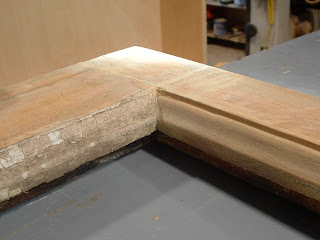


This fall I got the chance to visit one of America’s most influential modern, historic homes, the Farnsworth House. The Farnsworth house is Located in Plano, Illinois about 60 miles west of Chicago. The structure was design by Ludwig Mies van der Rohe, a famous Architect of the modern movement and Professor at the Illinois Institute of Technology. By the time the residence was finished in 1951, Mies Van der Rohe had an incredible stormy relationship with its owner Dr. Edith Farnsworth. It was said that she was cynical about the architect’s brilliance and annoyed by his eccentric, sometimes arrogant ways. The pair was entangled in legal affairs for many years after the completion of the house. Regardless of all this, the site and home itself is inspiring to see. I arvisited on a perfect, warm fall day. Folks in canoes floated by on the near-by Fox River.
The concept of the house was to be as simple as possible. It was for one person and designed for weekends only. It is made primarily of glass, steel, concrete and travertine. The house is sleek and appears to be light as air, when in fact is incredible heavy and pinned to the ground.
The building has been survived several floods and restoration, and was bought in 2003 by the National Trust for Historic Preservation and Landmarks Illinois. It is visited April through November by thousands of students, architecture lovers and Mies van der Rohe admirers from around the world. You can read more about it in last months Preservation magazine, where they cover sixteen of the trust properties. More can also be seen at the offical website www.farnsworthhouse.org.





























